Throughout history, humans have settled near water sources for practical reasons—transportation, power, and sustenance. Waterfalls, with their raw energy and mesmerizing beauty, have attracted communities that harnessed their power while building lives around these natural wonders.
The relationship between these towns and their waterfalls runs deeper than mere geography; it shapes their identity, economy, and cultural heritage.m Here is a list of 15 towns worldwide that have grown and thrived around a single magnificent waterfall, each with its own unique story to tell.
Niagara Falls
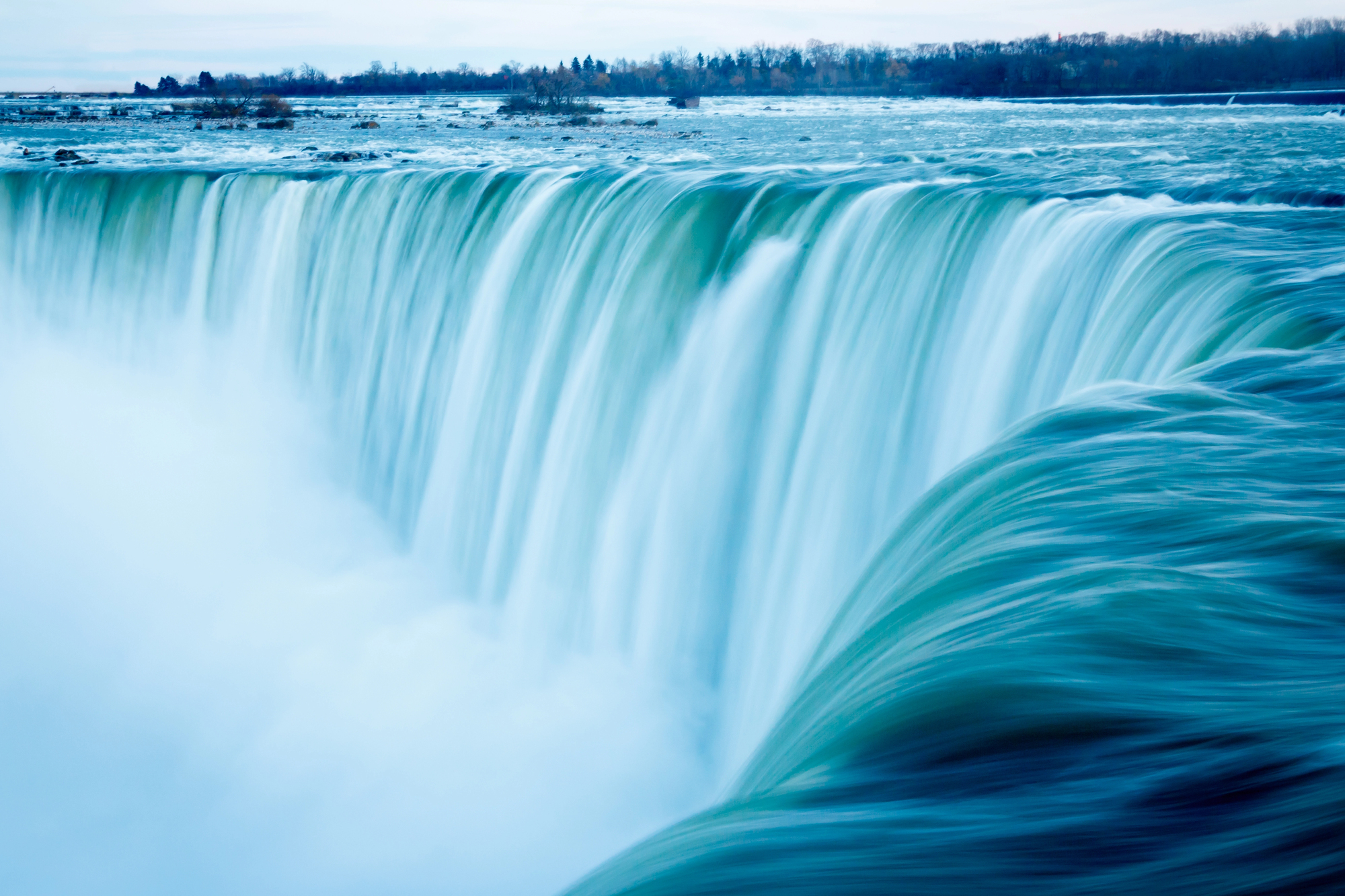
This famous border town straddles the USA and Canada, with the thunderous falls at its heart. The community began as a humble milling settlement but transformed into an international tourism hotspot that welcomes millions of visitors annually.
Local economies on both sides of the border depend almost entirely on the massive influx of tourists who come to witness the 167-foot cascade.
Iguazu
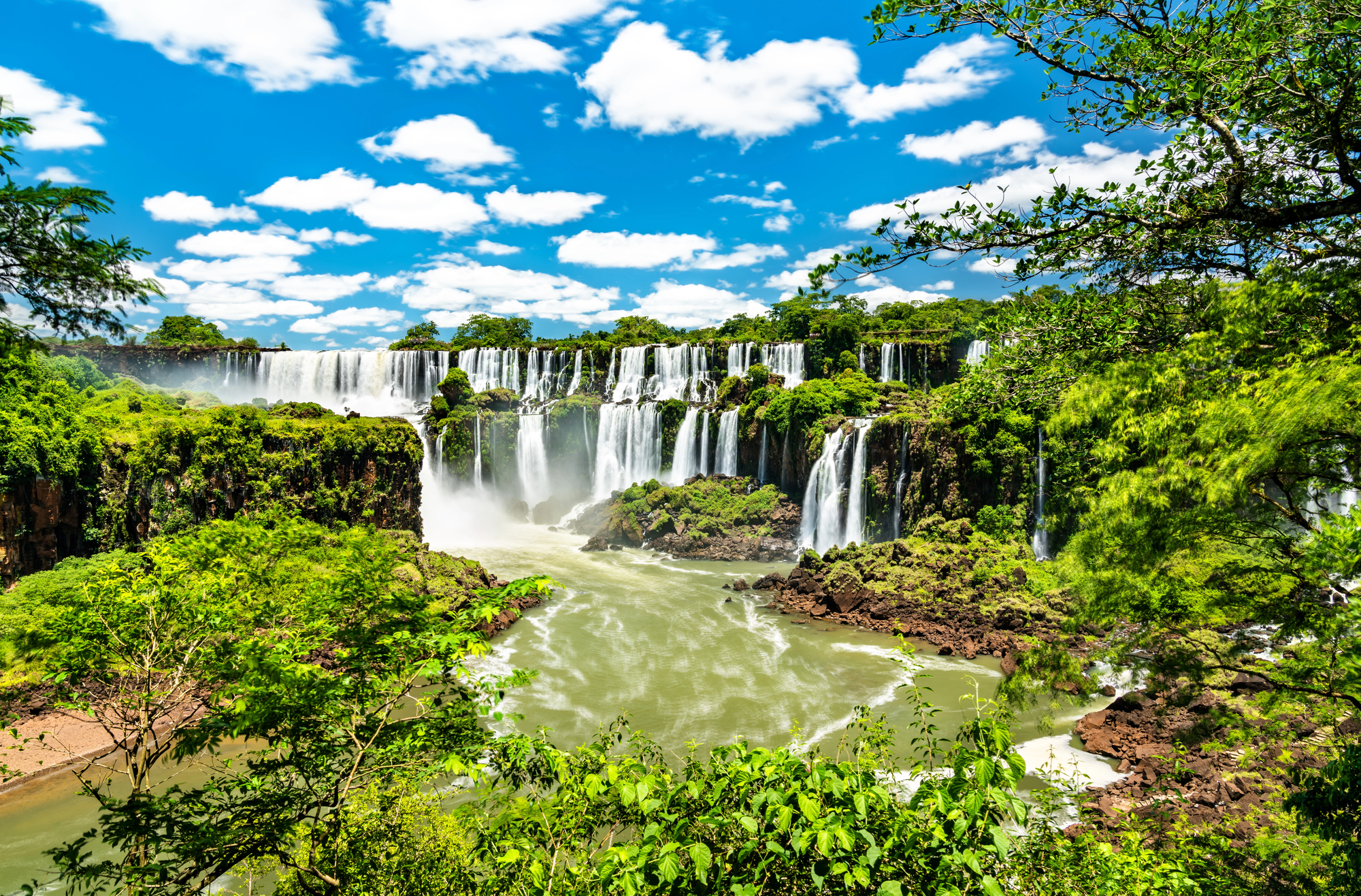
Nestled where Argentina, Brazil, and Paraguay meet, this town exists because of the spectacular Iguazu Falls system. The settlement was developed primarily to serve visitors to the 275 individual drops that span nearly 1.7 miles.
Local guides often joke that after seeing Iguazu, other waterfalls feel like ‘just a dripping faucet.’
Snoqualmie
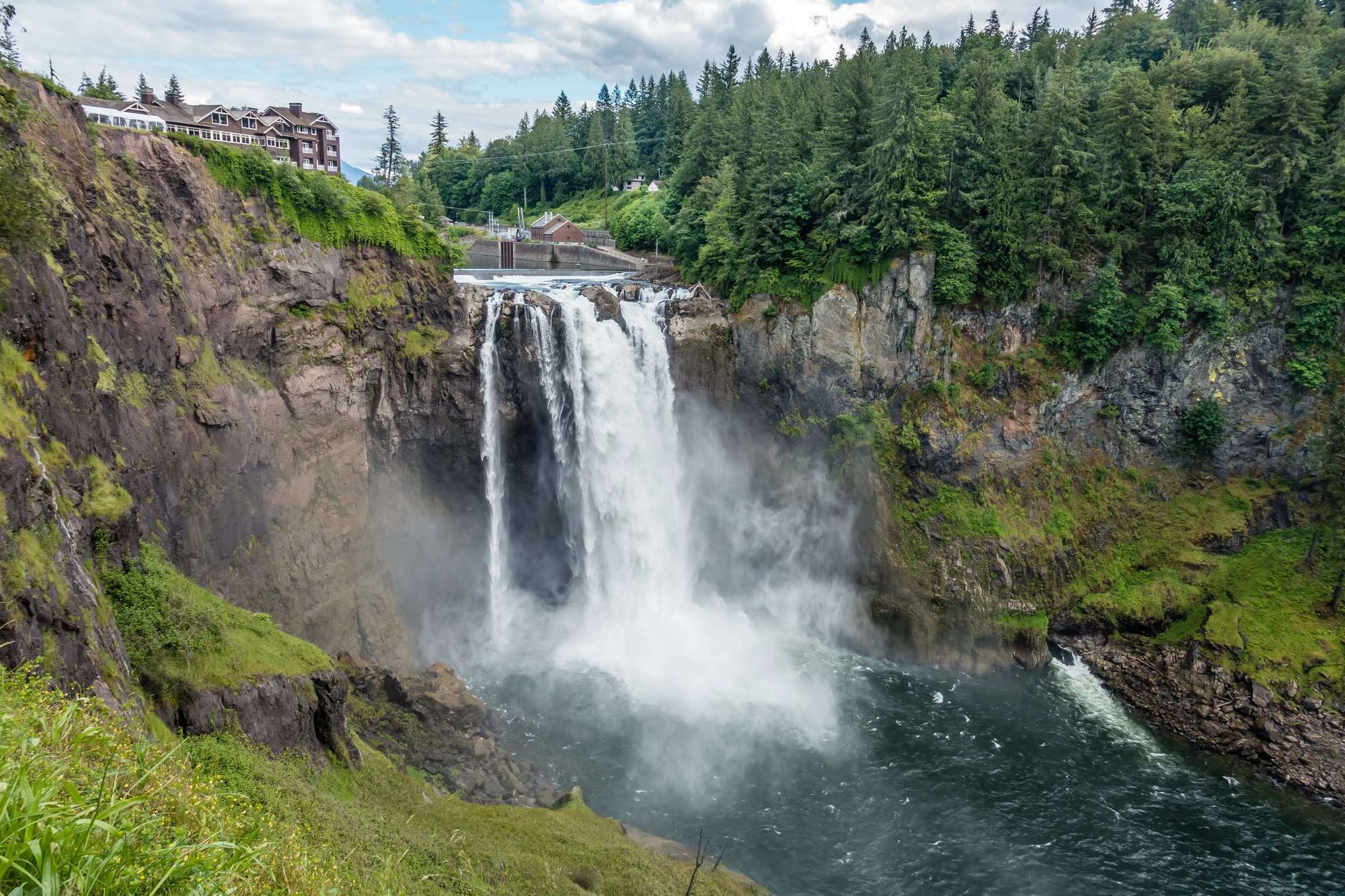
This charming Pacific Northwest town revolves around the 268-foot Snoqualmie Falls, featured in the cult television show ‘Twin Peaks.’ The waterfall powers one of the world’s oldest underground hydroelectric plants, operating since 1899.
Locals maintain a spiritual connection to the falls, which the indigenous Snoqualmie people consider the center of creation.
Like Travel Pug’s content? Follow us on MSN.
Victoria Falls Town
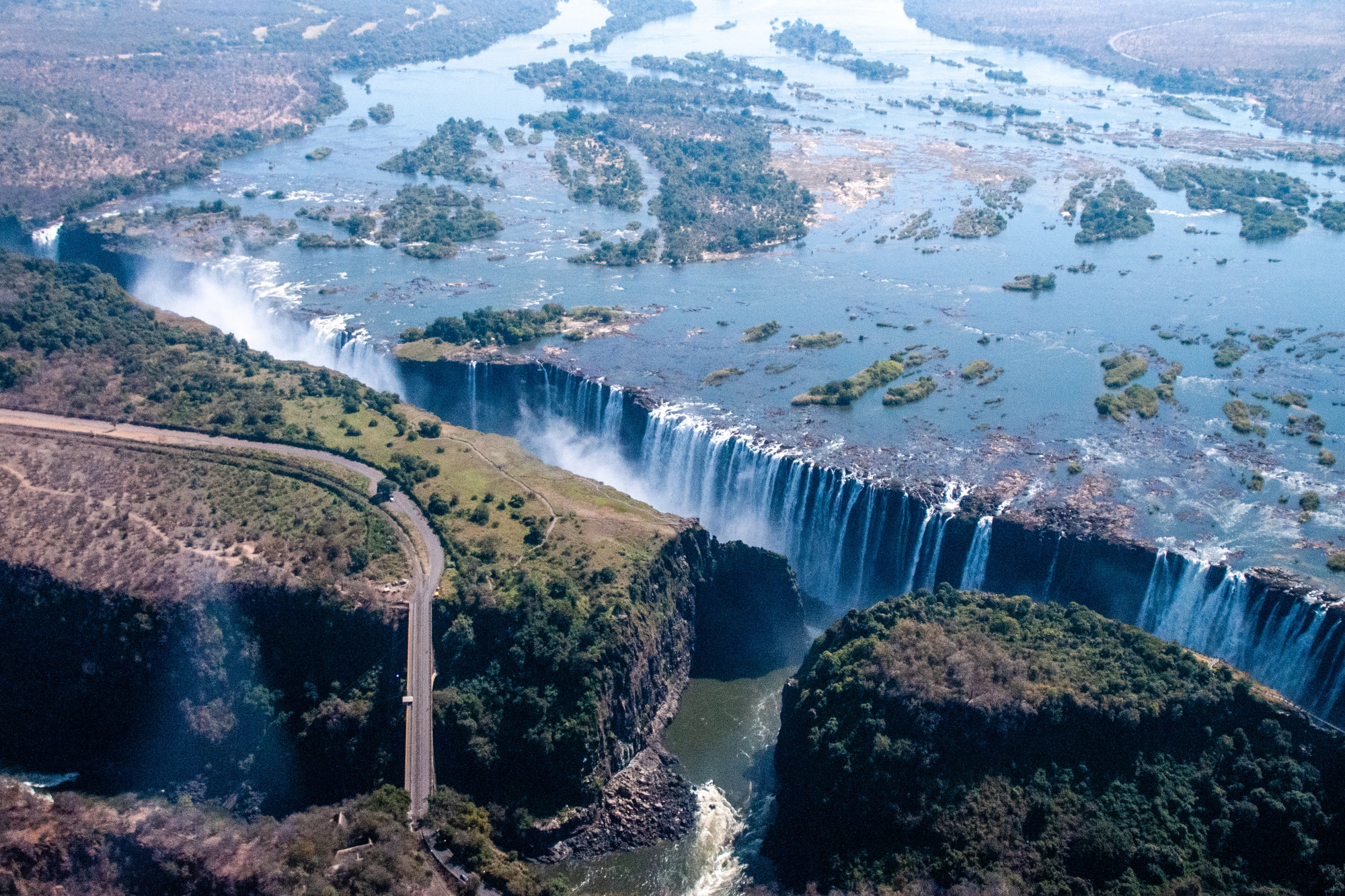
Located in Zimbabwe, this town sprouted directly from tourism to the massive Victoria Falls on the Zambezi River. The colonial-era settlement was one of Africa’s first ‘purpose-built’ tourism towns.
The local economy cycles mirror the flow of the falls—bustling during high water season and quieter when the curtain of water diminishes.
Tequendama

This Colombian town sits perched above the 433-foot Tequendama Falls, shrouded in mist and local mythology. The community developed alongside an iconic Spanish colonial hotel that overlooks the plunging waters.
Residents have developed unique farming techniques to handle the constant mist that rises from the waterfall basin, creating microclimate gardens unlike anywhere else in the region.
Schaffhausen
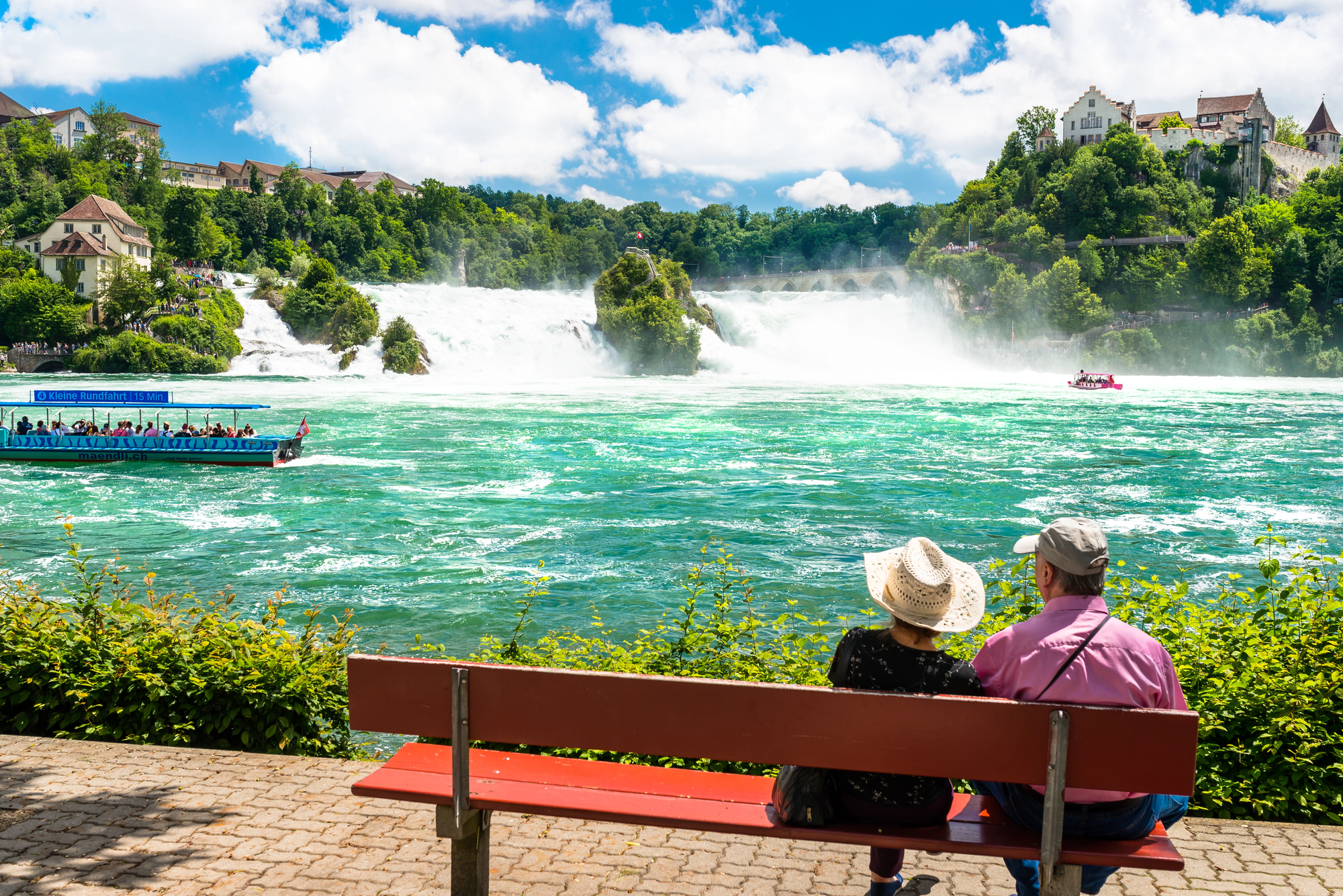
This medieval Swiss town grew around the impressive Rhine Falls, Europe’s largest plain waterfall. The settlement dates back to 1045 and once relied on the falls for defense and power for early industries.
Town traditions include an annual midsummer festival where floating platforms are anchored near the cascade for dancing—like partying on the edge of thunder.
Like Travel Pug’s content? Follow us on MSN.
Pagsanjan
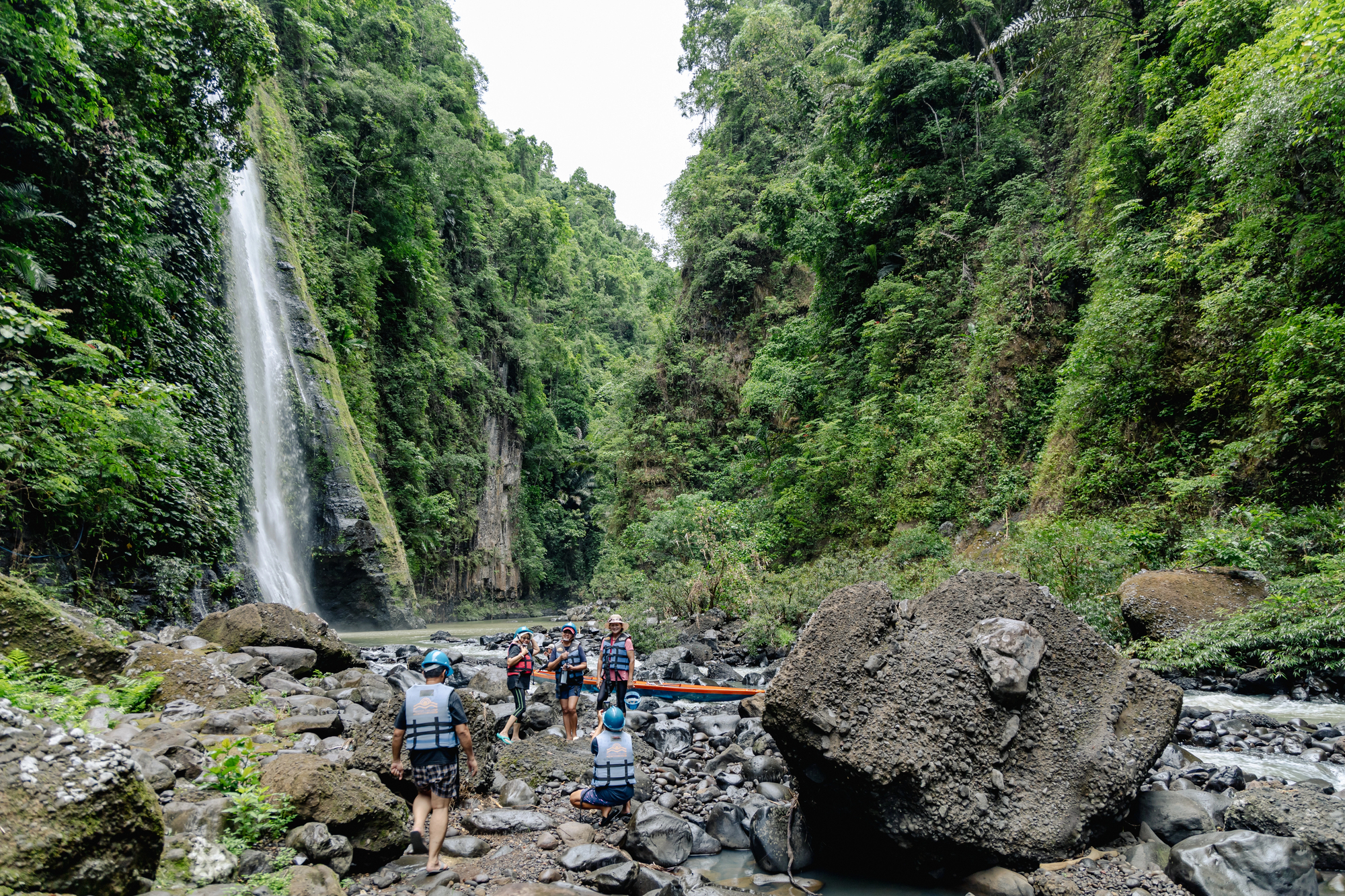
This Philippine town centers entirely around Pagsanjan Falls, accessed by an exhilarating upstream canoe journey. The community consists largely of boat operators, guides, and hospitality workers serving visitors.
Three generations of families often work the same canoe routes, passing down navigation techniques for the challenging rapids leading to the falls.
Kaieteur Village
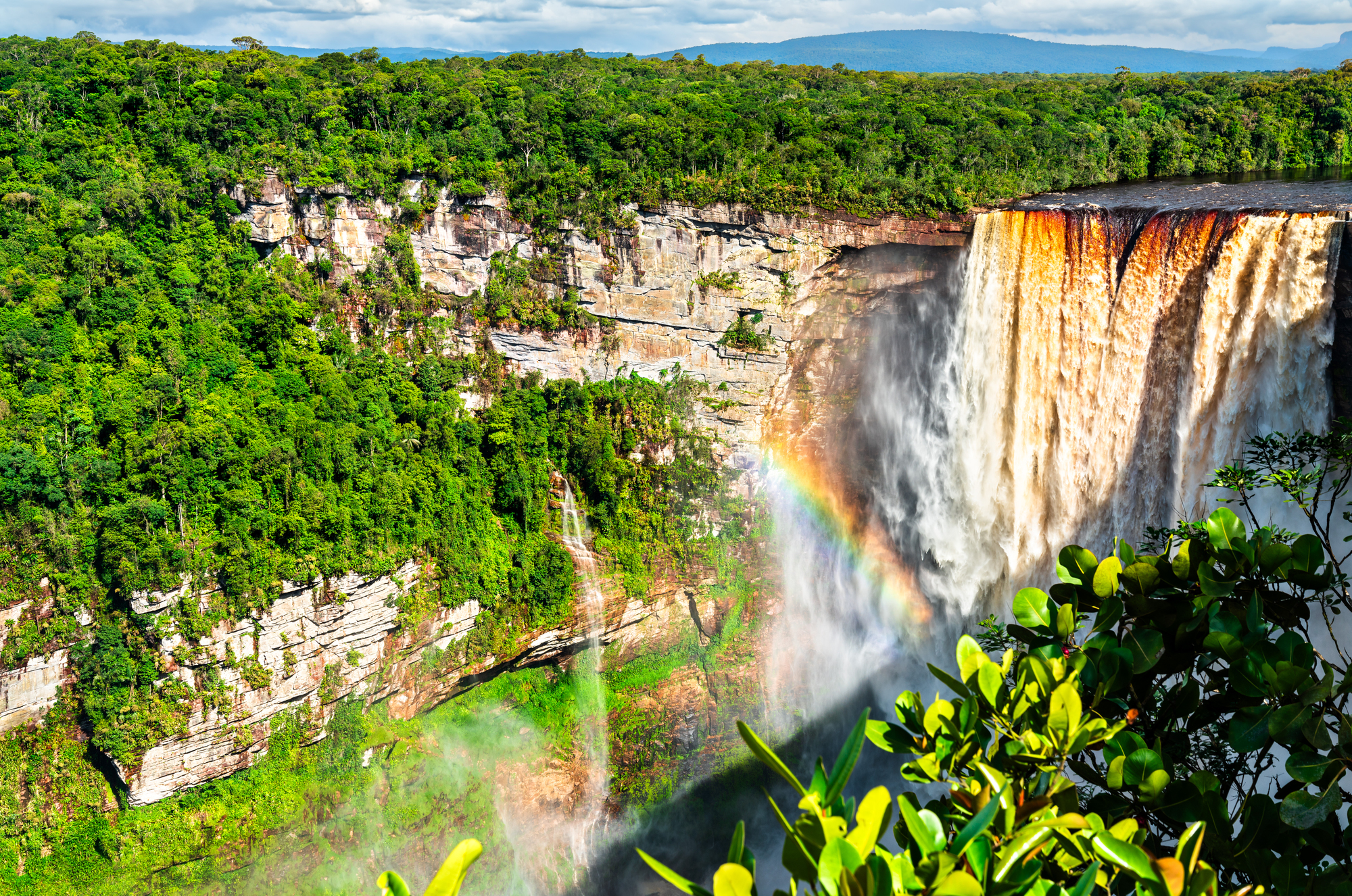
This tiny settlement in Guyana exists solely because of the magnificent Kaieteur Falls, where water plunges 741 feet in a single drop. Only about 200 people live near these falls, which are five times higher than Niagara, yet they see a fraction of the visitors.
Residents serve as protectors and guides, maintaining ancestral connections to what they consider a sacred place.
Hamilton
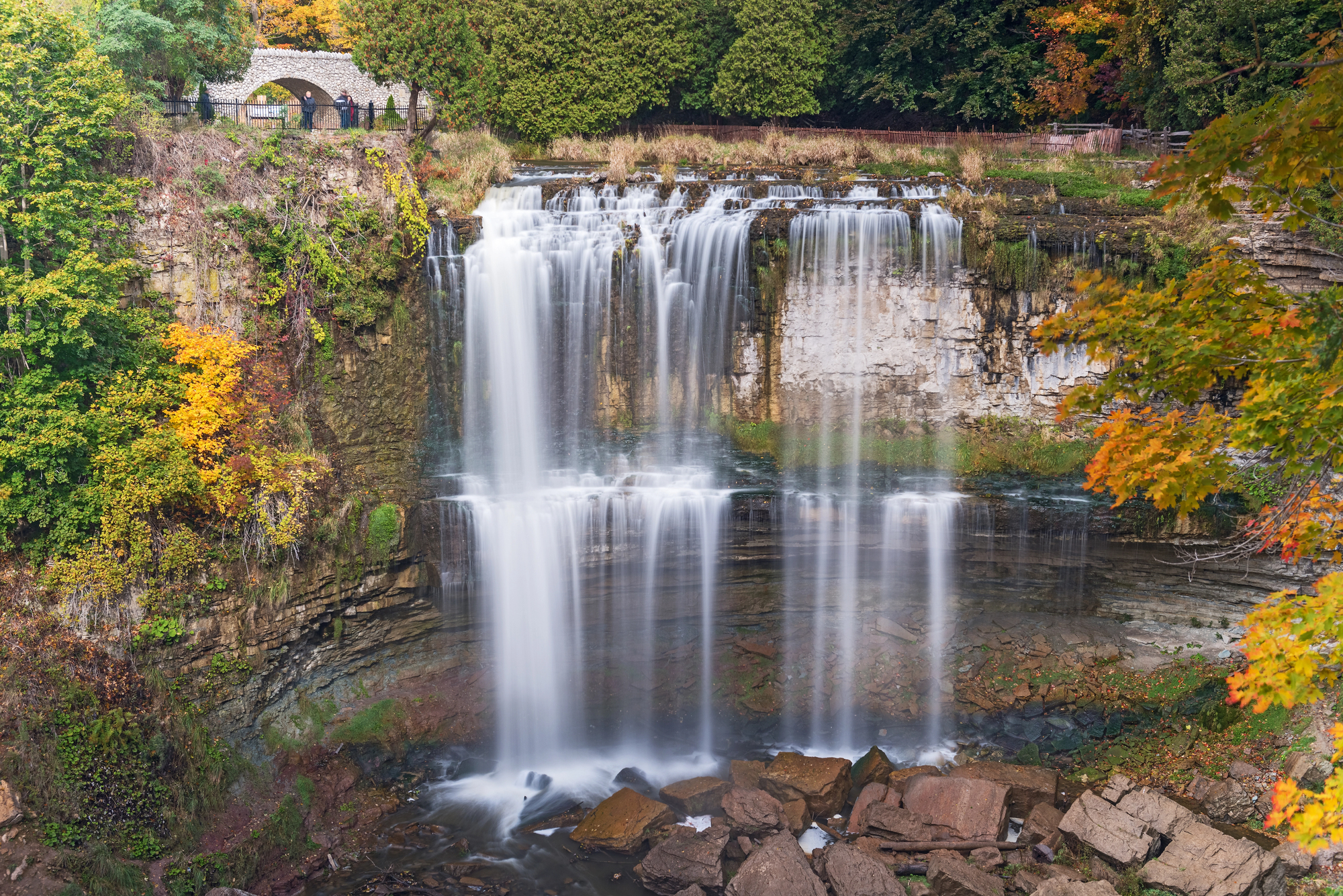
This Canadian city embraced its identity as the ‘City of Waterfalls’ thanks to the impressive Webster’s Falls and over 100 other cascades. The original settlement used the falling water to power numerous mills and early factories.
Urban planners have created a “waterfall trail” connecting neighborhood communities that were once separate mill towns built around individual cascades.
Like Travel Pug’s content? Follow us on MSN.
Huskvarna
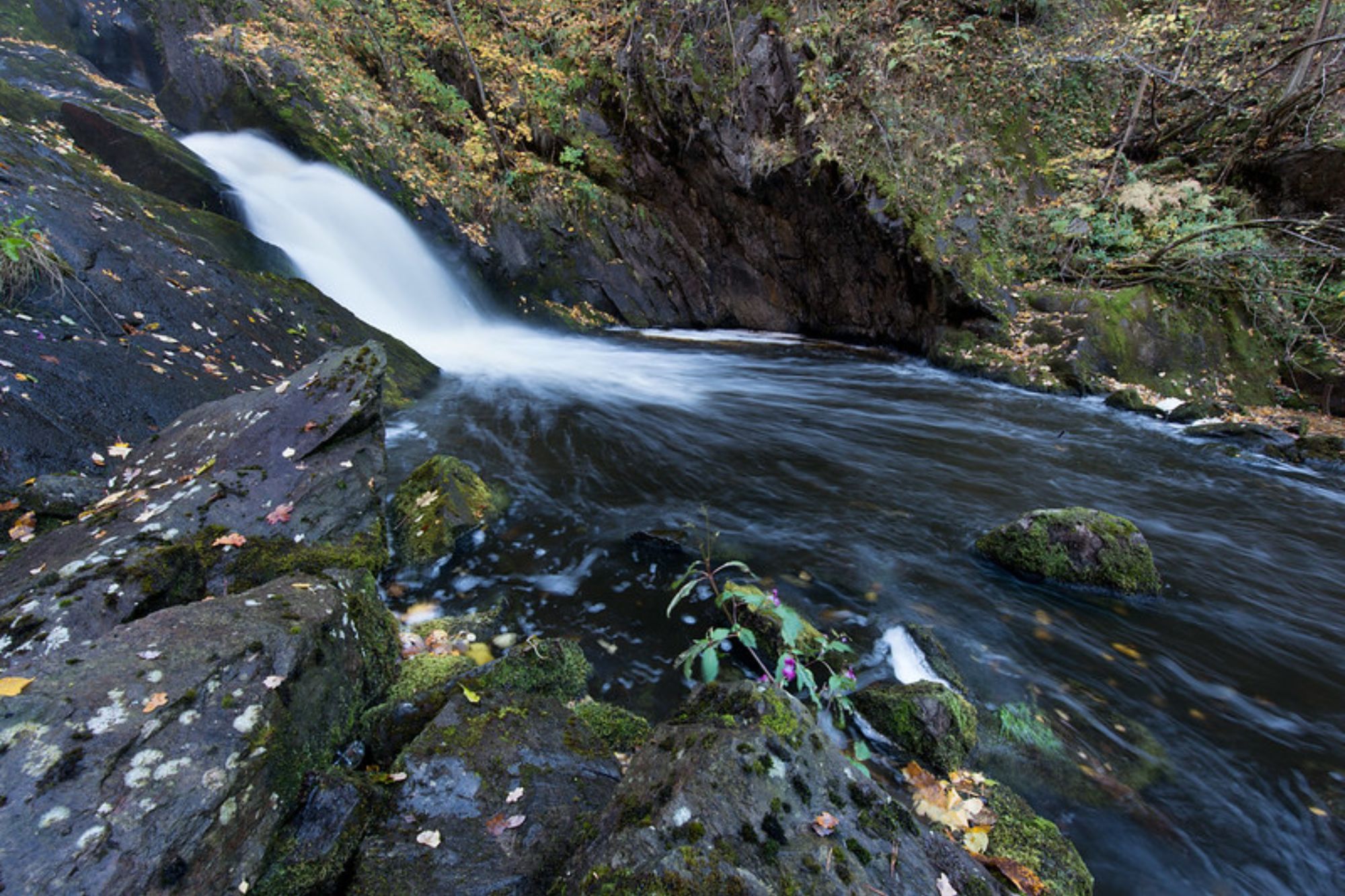
This Swedish town grew directly from the manufacturing plant that harnessed power from Huskvarna Falls. The community and its identity formed around tools and appliances made using waterfall power.
Factory whistles powered by the falls have marked time for residents for over a century, becoming such a part of local life that when they briefly stopped in the 1990s, people reported sleeping through alarms.
Elmore

This Vermont town centers around a modest but picturesque 40-foot cascade that powered its early economy. The falls provided energy for lumber mills, helped process wool, and even supplied power for maple syrup production.
Town records show that property nearest to the spray of the falls sells for about 20% more than similar homes elsewhere in the community.
Whangarei
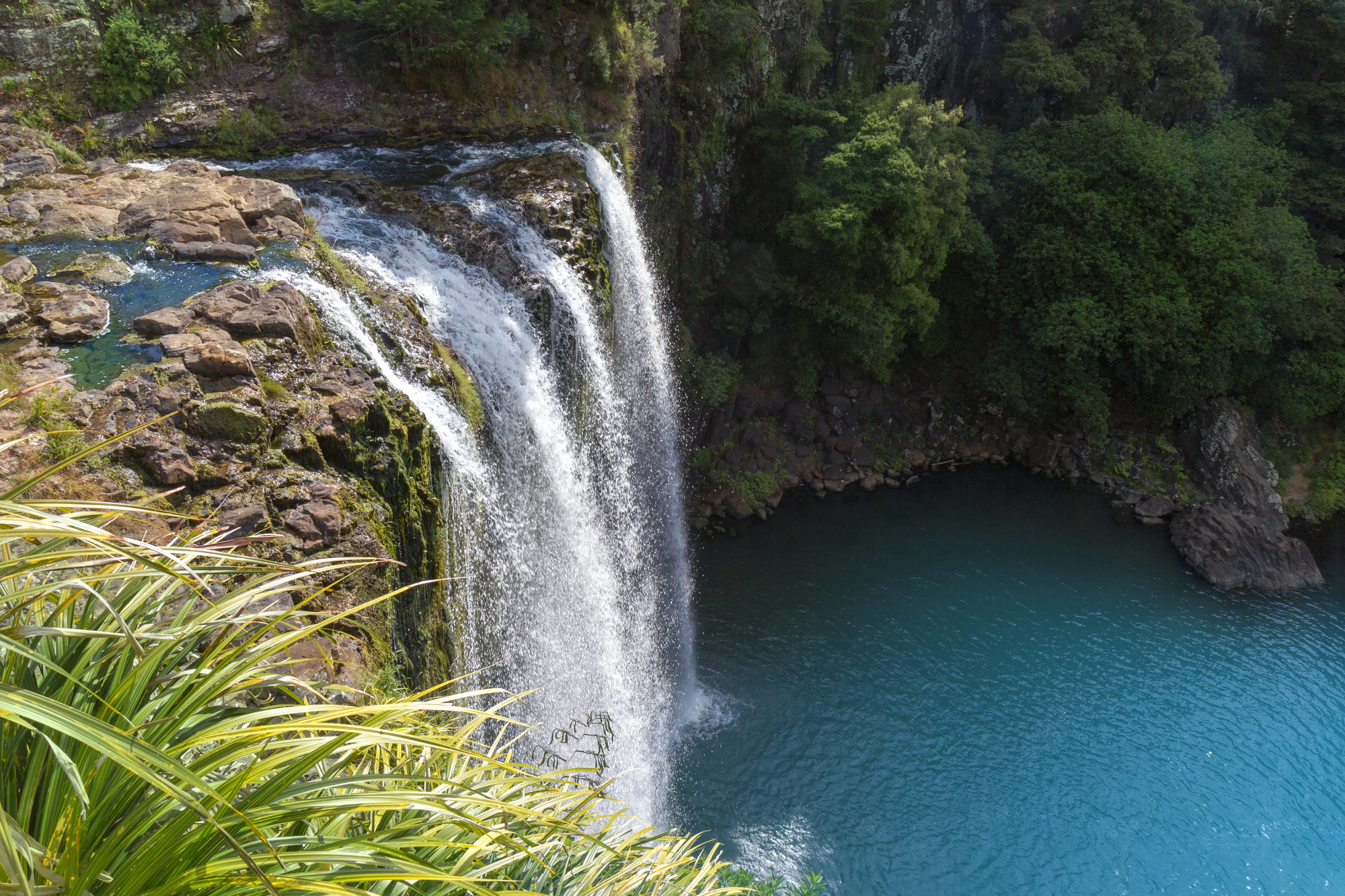
This New Zealand town features the accessible Whangarei Falls as its crown jewel and community gathering spot. The perfect curtain of water drops 85 feet and has been the community’s social hub for generations.
Local marriage proposals at the falls happen so frequently that town officials installed a special platform with subtle lighting for evening question-popping.
Like Travel Pug’s content? Follow us on MSN.
Coo
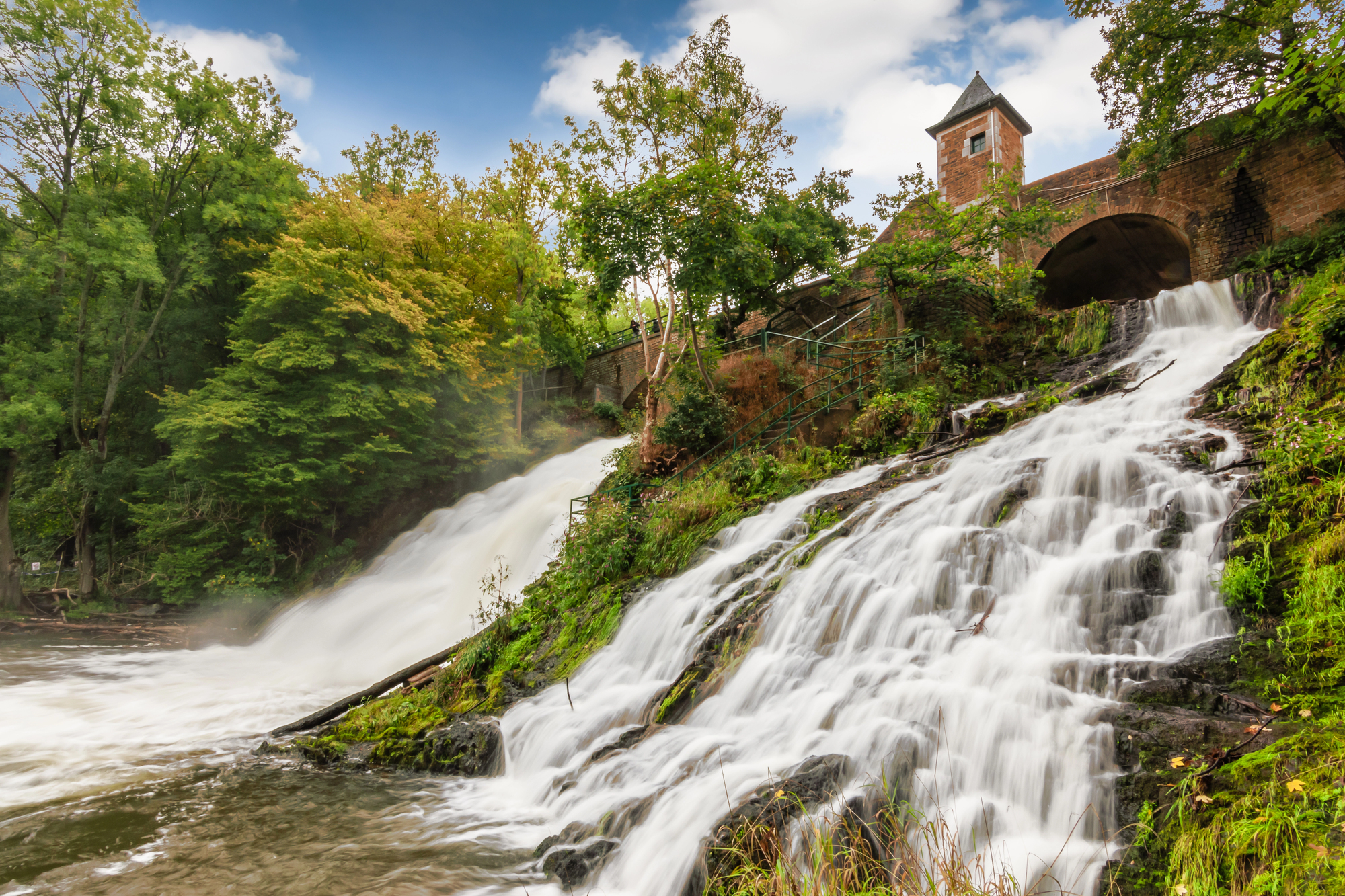
This tiny Belgian hamlet exists almost entirely because of the 50-foot Coo Waterfalls, artificially created by monks in the 1700s. The community consists predominantly of tourism businesses serving visitors to the cascade.
The waterfall actually shuts down at night when operators divert water to generate hydroelectric power—perhaps the only falls in the world that works on a schedule.
Idaho Falls
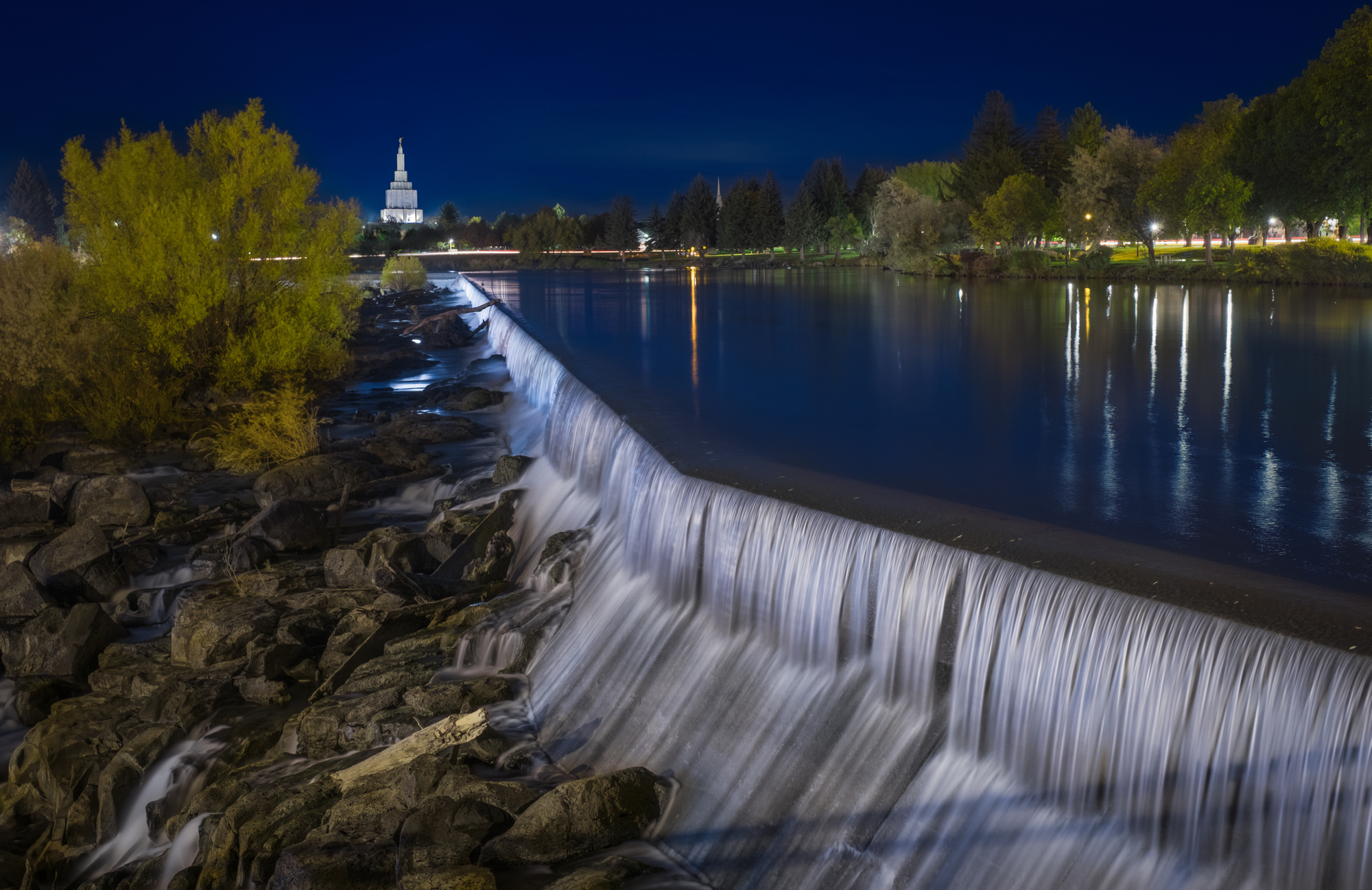
This Idaho city grew around a series of falls on the Snake River that early settlers called the Great Cataract. The community initially harnessed the falls for irrigation before tapping their hydroelectric potential.
During winter freezes, the waterfall creates massive ice formations that transform the city center into what locals call “nature’s sculpture garden.”
Letchworth Village
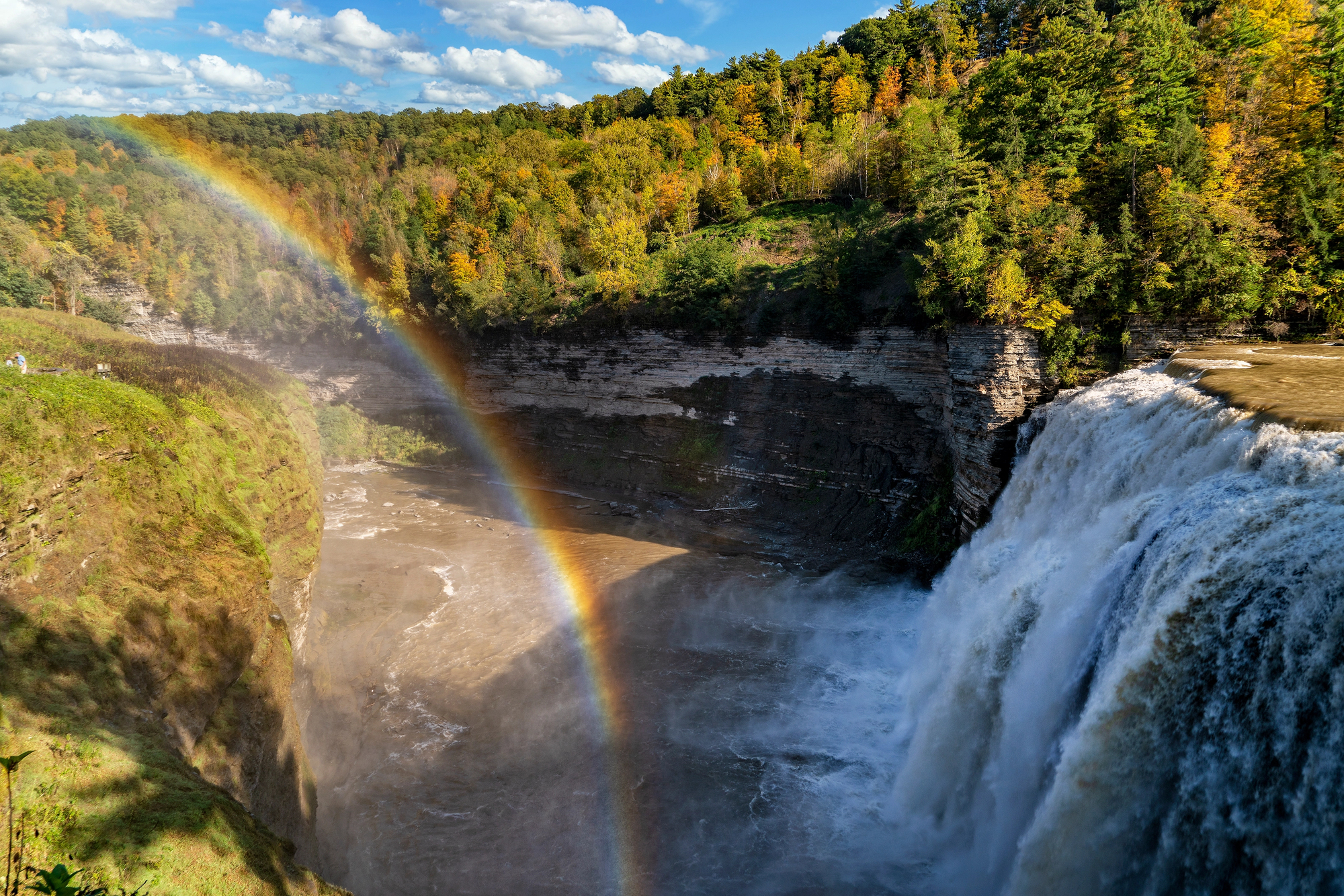
This community borders New York’s Letchworth State Park, home to the magnificent Middle Falls on the Genesee River. The town’s economy shifted from agriculture to tourism as the 107-foot cascade gained fame as the “Grand Canyon of the East.”
Local maple syrup producers claim the constant mist from the falls creates uniquely flavored syrup in nearby groves—a taste you can’t find anywhere else.
Like Travel Pug’s content? Follow us on MSN.
Water and Community
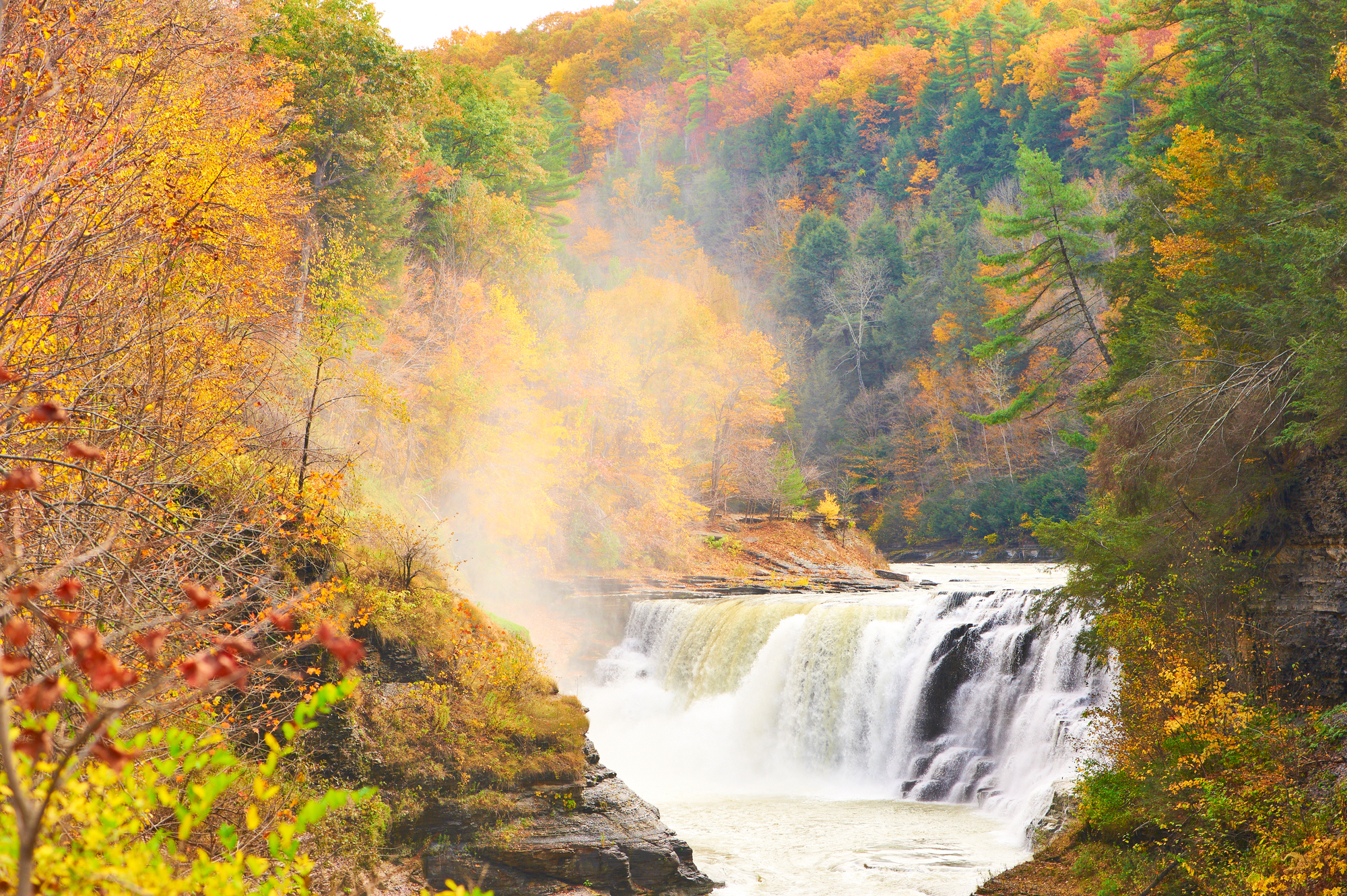
These cascading wonders do more than just attract tourists—they shape the identity and livelihood of the communities that embrace them. The relationship between these towns and their waterfalls demonstrates how natural features can define human settlements.
From power generation to cultural significance, these 15 communities show that when nature provides a spectacular centerpiece, people will build their lives around it.
More from Travel Pug

- Cities Growing so Fast You Won’t Recognize Them in 10 Years
- 13 Destinations Where Tourists Regularly Regret Their Trip
- 16 U.S. Cities That Are Quietly Becoming Travel Hotspots
- Where to Travel If You Love Long Bus Rides and Daydreams
- 20 Cities Perfect for Solo Travelers Who Crave Adventure & Culture
Like Travel Pug’s content? Follow us on MSN.
